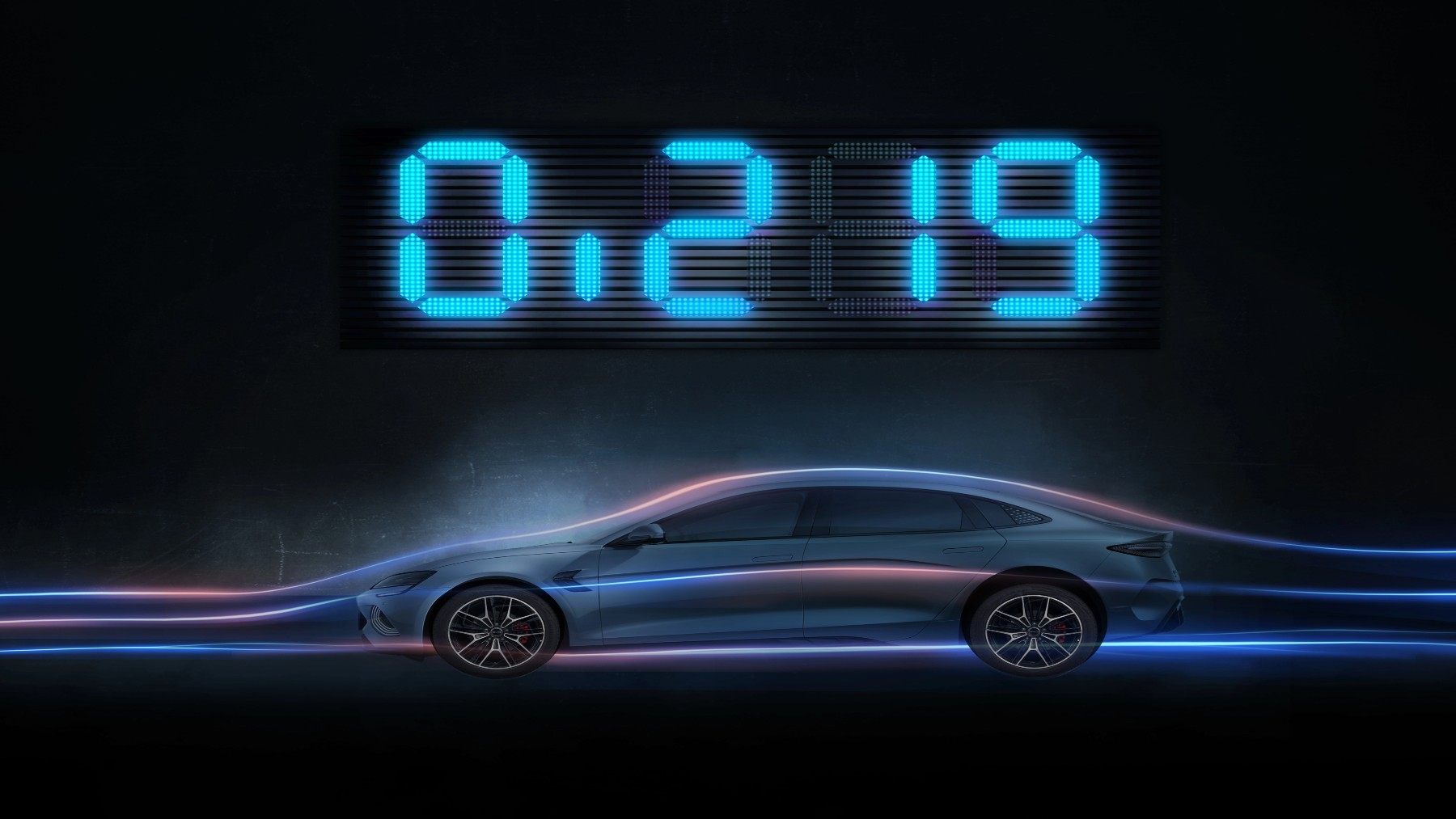
BYD and Tesla are the main electric vehicle (EV) manufacturers in the market in 2025. While Elon Musk’s car brand dominates the North American market, the Chinese manufacturer has been expanding to Europe by building two factories in Hungary and Turkey, but it has also expanded to Brazil and most countries of South America. Now, as the political tensions between China and America remain at an all-time high, the tariffs could prevent its latest low-budget car from getting into the country and bring the competition to Tesla. But around the world, it will be available.
BYD vs Tesla: Who will lead the EV market in the future?
The Chinese electric car manufacturer, Build Your Dreams, has been all over the headlines in 2025 for its cars. Not only are they building the most famous EVs in China, South America, and some countries in Europe, but they are also providing their lithium batteries for other automakers. The extensive car catalogue sets the company apart from the competition, offering over seven different models only in the main brand – there are also sub-brand offerings.
This is getting noticed in America, as the brand is not nearly as active in the country as it is in others. Meanwhile, Tesla is the dominant EV manufacturer, and it pleases the buyers with their five primary models: Model 3, Model S, Model X, Model Y, and Cybertruck. But BYD is closing in with something very different with a low-cost EV that could change the landscape – in China and, eventually, in the U.S.
Political tensions don’t affect the company: New Seal 06 model revealed
Despite China’s recent warning about an escalating EV price war, BYD continues to develop its projects. Its latest move is the Seal 06 EV, launched this week with a starting price of around $15,300 — a figure that puts even more pressure on rivals like Tesla. The release comes right after the China Automobile Manufacturers Association cautioned that aggressive discounts were sparking “panic” in the market.
The group didn’t name BYD directly, but the timing speaks for itself. On May 23, the company slashed prices on 22 of its top-selling models by as much as 34%. That included the tiny Seagull EV, which now starts at just $7,800. The Seal 06 EV raises the stakes again. The sedan is roughly the same size as a Tesla Model 3 and comes in three trims, with two versions of its Blade LFP battery: 46.08 kWh for 470 km (292 miles) of range, or 56.64 kWh for 545 km (339 miles).
Brand’s signature is present in the car: Screen rotation and more
Inside, the cabin follows BYD’s latest design language, with a 15.6-inch rotating infotainment screen paired with a compact driver display, which made the Dolphin model one of the favorites in Latin America. Even the base version packs extras you wouldn’t expect in an entry-level car: heated and ventilated seats, a panoramic sunroof, ambient lighting, surround sound — and yes, a built-in mini fridge that can both heat and cool, like European royalty brands do. Tech-wise, the Seal 06 comes with the brand’s “God’s Eye” ADAS and DiPilot 100 smart cockpit system, though it relies on cameras instead of LiDAR.
European market domination and expansion: It won’t stop
The big question is whether it can chip away at Tesla’s dominance in other countries beyond China. The Seal 06 offers less range, but at half the price of a Model 3 (which starts at $32,800 in China with 394 miles of range), the company is betting that affordability will win over buyers. Not everyone is ready to trade gas for electricity, and BYD’s presence in Europe is still limited — for now, the only model available is the Seal DM-i sedan. That’s set to change: the company plans to bring two more plug-in hybrids to the continent in 2025.
Disclaimer: Our coverage of events affecting companies is purely informative and descriptive. Under no circumstances does it seek to promote an opinion or create a trend, nor can it be taken as investment advice or a recommendation of any kind.









